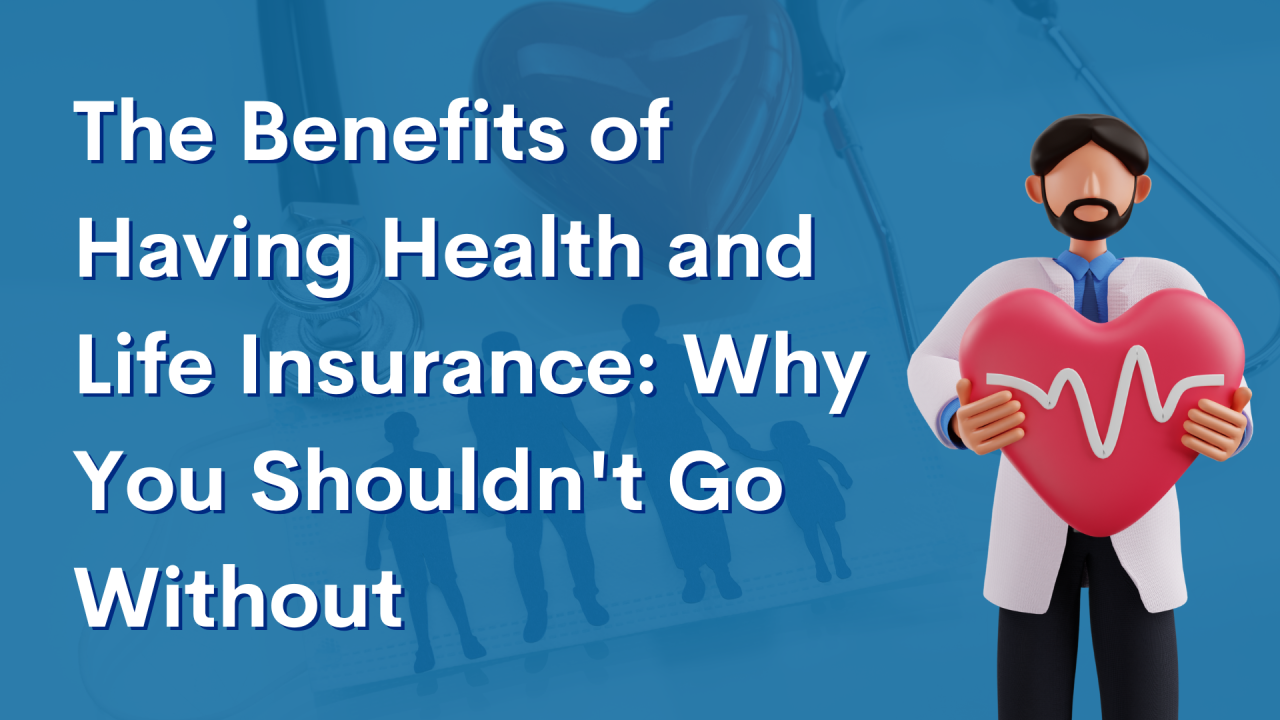The Of Medicare Advantage Agent
The Of Medicare Advantage Agent
Blog Article
Medicare Advantage Agent Fundamentals Explained
Table of ContentsMedicare Advantage Agent for DummiesSome Known Incorrect Statements About Medicare Advantage Agent Not known Details About Medicare Advantage Agent


follows from adheres to the perplexing young fairly profile of account uninsured with the better health, on average, standard younger persons. For those without accessibility to office health and wellness insurance coverage, bad wellness is a possible obstacle to buying nongroup coverage due to the fact that such insurance coverage might be highly priced, omit preexisting problems, or be merely inaccessible. Unless otherwise kept in mind, national quotes of individuals without health and wellness insurance policy and proportions of the population with different kinds of insurance coverage are based on the CPS, the most widely made use of source of estimates of insurance policy coverage and uninsurance rates.

More About Medicare Advantage Agent
Over a three-year period starting early in 1993, 72 million individuals, 29 percent of the U.S. population, lacked protection for at the very least one month. Within a single year(1994), 53 million individuals experienced at the very least a month without protection(Bennefield, 1998a). 6 out of every 10 without insurance adults are themselves used. Although working does boost the possibility that one and one's family participants will have insurance, it is not an assurance. Even members of family members with two full time breadwinner have practically a one-in-ten opportunity of being uninsured (9.1 percent without insurance price)(Hoffman and Pohl, 2000 ). The relationship between medical insurance and accessibility to care is well developed, as documented later in this chapter. Although the relationship between medical insurance and wellness results is neither straight nor straightforward, a comprehensive clinical and health and wellness solutions study literature web links health insurance protection
to better access to care, better quality, and boosted individual and population wellness status. For example, the 2nd report, on personal health results for uninsured adults, is stood for by the inner circle of the figure, while the 3rd report, on family well-being, includes the subjects of the second record yet emphasizes a various device of analysis, specifically, the family. The 6th report in the series will certainly offer information regarding methods and efforts carried out in your area, statewide, or country wide to deal with the absence of insurance and its negative impacts. Levels of evaluation for examining the impacts of uninsurance. This discussion of health insurance policy protection focuses mainly on the united state population under age 65 because virtually all Americans 65 and older have Medicare or various other public coverage.
Moreover, it concentrates specifically on those without any medical insurance for any type of size of time. The problems dealt with by the underinsured are in some respects similar to those faced by the uninsured, although they are generally less severe. Uninsurance and underinsurance, however, involve noticeably different plan issues, and the strategies for resolving them may vary. Throughout this research and the 5 records to follow, the primary focus gets on individuals without any health and wellness insurance and thus no support in spending for healthcare beyond what is readily available via charity and security web establishments. Medical insurance is a powerful aspect influencing invoice of treatment since both people and medical professionals react to the out-of-pocket price of solutions. Medical insurance, nonetheless, is neither necessary nor adequate to acquire accessibility to clinical solutions. Nevertheless, the independent and straight impact of health and wellness
insurance coverage on access to wellness solutions is well developed. Others will certainly obtain the healthcare they require even without medical insurance, by spending for it out of pocket or seeking it from providers that offer treatment free or at very subsidized rates. For still others, wellness insurance policy alone does not ensure receipt of care as a result of other nonfinancial obstacles, such as a lack of wellness care service providers in their area, restricted accessibility to transportation, illiteracy, or etymological and social differences. Official research concerning uninsured populations in the United States dates to the late 1920s and very early 1930s when the Committee on the Cost of Healthcare generated a collection of reports about funding medical professional workplace visits and hospital stays. This problem ended up being salient as the numbers of medically indigent climbed up throughout the Great Clinical depression. Empirical research studies constantly support the link between access to care and enhanced wellness end results(Bindman et al., 1995; important link Starfield, 1995 ). Having a routine resource of treatment can be taken into consideration a predictor of access, as opposed to a straight procedure of it, when wellness end results are themselves utilized as accessibility signs. This extension of the idea of accessibility measurement was made by the IOM Committee on Checking Gain Access To to Personal Health see page Treatment Provider(Millman, 1993, p. Whether or not moms and dads are insured appears to influence whether their kids get treatment as well as just how much careeven if the youngsters themselves have protection(Hanson, 1998). The wellness of parents can influence their ability to take care of their kids and the level of family members stress. Bothering with their kids's access to care is itself a source of stress and anxiety for parents. Three phases adhere to in this report. Phase 2 provides a review of just how employment-based health and wellness insurance policy, public programs and individual insurance coverage operate and connect to supply substantial however incomplete insurance coverage of the U.S. populace. This includes a testimonial of historic trends and public laws impacting both public and private insurance, a conversation of the interactions amongst the various sorts of insurance coverage, and an exam of why people relocate from one program to one more or end up

Report this page